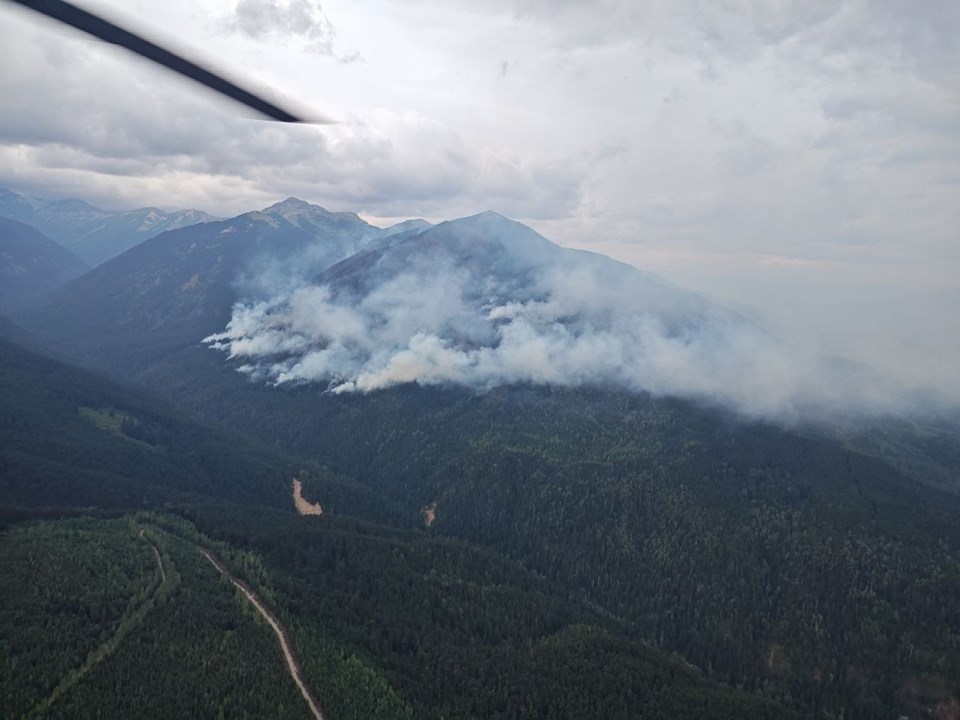VANCOUVER — There are no longer any "wildfires of note" burning in British Columbia, with the BC Wildfire Service saying favourable weather had allowed crews to make good progress in the province's battle against hundreds of blazes.
The designation means a fire is highly visible or poses a threat to people or public safety, and the service lifted it Monday from the Corya Creek wildfire about 170 kilometres northeast of Terrace, B.C.
Earlier this month at least nine blazes had been considered "wildfires of note."
But fire information officer Emelie Peacock said the change doesn't mean the wildfire season is over and there are still a handful of evacuation orders and alerts impacting communities around the province.
"It's certainly welcome news for those people who are able to come back to their communities. But we still do have a lot of fire on the landscape," she said Monday.
Peacock said more than 700 firefighters and 100 aircraft were still out fighting fires in B.C.
"Our crews are now in what we call the mop-up stage on a lot of our fires, and so they're doing that really heavy work to ensure that around the edges of a fire, that fire is fully contained," she said.
"Mop-up" involves groundcrews using water and hand tools to dig down to mineral soil to extinguish fire and eliminate heat in the deeper layers of the forest floor.
Peacock said southern parts of the province saw heavy rain recently, but parts of the north continue to experience drought conditions.
The province's southeast fire centre lifted its ban on campfires on Monday, though other categories of open fire are still prohibited.
The service said the campfire ban would also be lifted in the coastal fire centre, including Vancouver Island and the Lower Mainland, on Wednesday.
The BC Wildfire Service dashboard on Monday afternoon showed the number of active blazes in the province had fallen to about 290, continuing a downward trend from Friday when there were about 340 fires burning.
It said in an update that rain was expected to be mostly on the coast, with winds increasing in the south and a drying trend was likely to occur quickly due to the underlying drought once the storms move out.
Environment Canada was forecasting a return of warmer, drier weather for most of B.C. as Labour Day weekend approached.
The wildfire service update said B.C. was "still in the core of our wildfire season," but firefighters were making the most of reduced fire behaviour and good weather.
The wildfire service said earlier that while much of the southern part of B.C. received rain and some parts had heavy precipitation over the weekend, it was accompanied by winds gusting up to 102 kilometres per hour.
The wind "blew trees down along fire lines in the south" and forced a fire camp in Invermere, B.C., to move to another location, but the service said over the weekend that no one was injured.
The number of out-of-control wildfires in the province dropped to about 79, while more than 10,000 square kilometres of land has been burned in B.C. in this year's fire season starting April 1.
In last year's record wildfire season, more than 28,000 square kilometres of land was burned, forcing the evacuations of communities in regions such as the Okanagan and the Shuswap.
This report by The Canadian Press was first published Aug. 26, 2024.
Ashley Joannou, The Canadian Press




